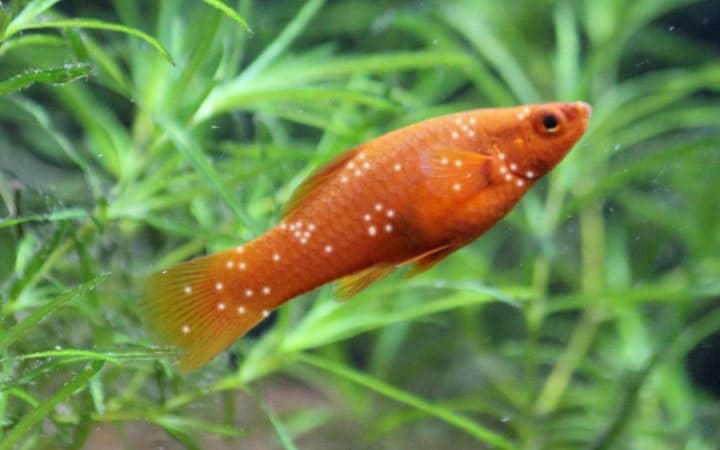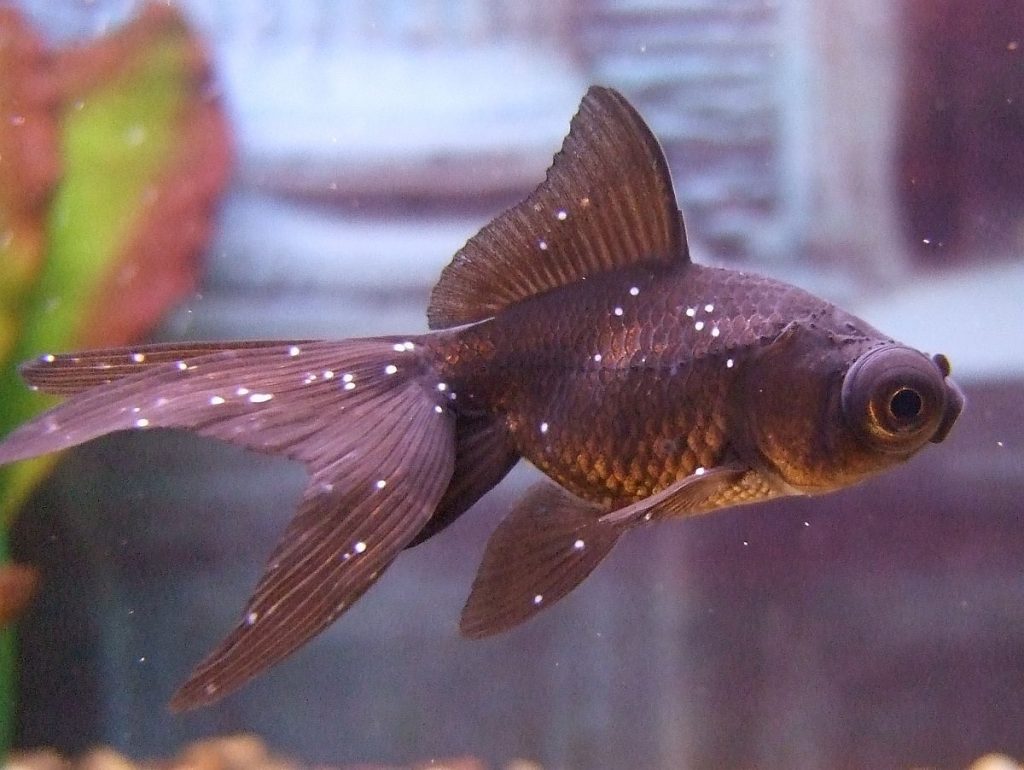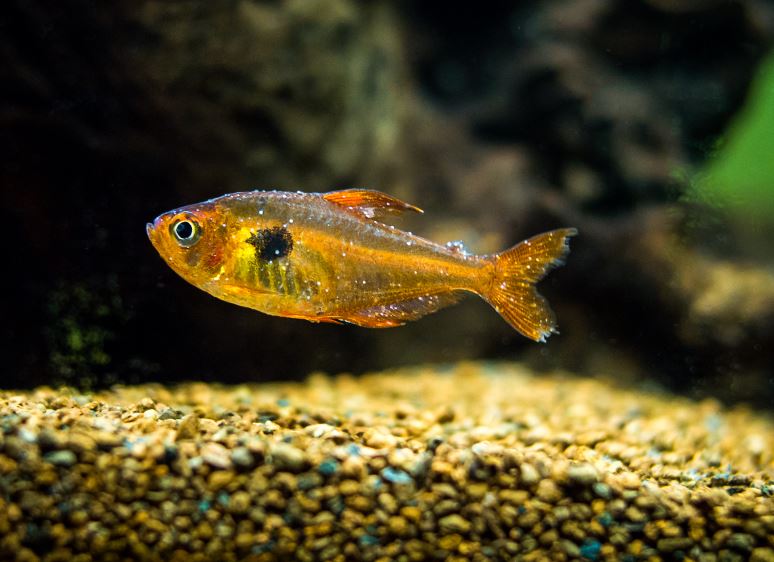If you have a freshwater aquarium at home, it’s important to keep your fish healthy and watch out for diseases. Of course, dealing with a sick fish is not exciting. But you still have to prepare in case the worst comes to worst. For example, if your fish suddenly develop white spots.
What are white spots on fish? Is it the same as ich? How can you treat a sick fish? Are white spots contagious? If you don’t know the answer to any or all of these questions, fear not! Today, we’ll look at everything you need to know about white spots that may attack your fish. From the causes and symptoms to a few treatment options.
Table of Contents
What are Fish White Spots?
White spots can arise due to a parasite scientifically known as Ichthyophthirius multifiliis. This is perhaps one of the most common diseases you have to deal with as an aquarist. Each of these parasites can reproduce and create over a thousand offspring, which means you have to treat it promptly!

In layman terms, white spots on a fish is much like a regular skin infection on a human. However, it can be quite fatal when a fish is not in peak condition and cause its death.
What Causes White Spots?
Ichyophthirius multifilis is a despicable protozoan found in freshwater bodies. So, yes, it is also a problem for wild fishes, not just your aquarium friends.
This protozoan, or parasite, has three different stages of development.
First, the parasite attaches to the fish from the bottom of the tank. It will start feeding on the blood, dead cells, and body fluid, thus causing unwanted bacterial infections. This is when it is hardest to treat the infection.
The parasite can even detach from the fish to reproduce, and each consequent parasite can then attach to the other fishes. It really is like a never-ending cycle! This cycle often takes around 6 days to complete if the temperature is 86°F, or much longer when it is closer to 50°F.
Symptoms to Look Out For
It’s quite easy to spot a fish that has been infected. These are some of the most common symptoms, in order of severity of the infection:
- Tiny, sand-sized white spots
- Fish may be scratching on the rocks
- Fish may become lethargic
- Loss of appetite
- Redness on the body
- Bloody streaks on the body
- Gasping for air near the tank surface
As its name suggests, the fish would be covered in white spots, although the amount and severity can vary. It is the minor infections that can be harder to notice, as the advanced stage is fairly obvious.
These white spots are actually cysts triggered by irritation due to the feeding parasite. The skin will also swell, while the fish itself may feel itchy. It’s why some infected fish can be seen scratching against the gravel.
If you see any white spot on your fish that looks like salt grains, please act fast! The result can be fatal if the spots reach your fish’s gills.
How to Treat White Spots on Fish

The best time to treat water from infestation is when the parasite has left the first infected fish and burrows into the bottom of the tank. You may notice a jelly substance forming where the parasites can multiply into thousands! Once they have infected another fish, it will be impossible to kill them using water chemicals.
Remember when we said the cycle of this parasite is dependent on water temperature? For example, if you raise the temperature, the parasite will take shorter to be susceptible for treatment. Although be sure to raise the temperature only if your fish can tolerate it.
You can easily find liquid chemicals from aquarium stores. Just calculate how much you need to add by considering your tank volume. Some of these products recommend you to medicate over seven days or up to fourteen days. Don’t forget to follow the specific instructions!
Furthermore, turn off carbon filtration while you are treating the disease. For scale-less fish, the best thing to do is reduce the medication dosage. It’s also important to change the water partially in between treatments, so you can keep the water clean and your other fishes healthy.
Alternative Treatment Option
While these parasites can multiply quickly and notoriously, they still need a fish to attach to. Without a proper host, they will die within 48 hours.
So, one of the easiest ways to ensure they are rid of is to simply remove all your fish. Once its residents have temporarily moved, you can keep the tank at 80 degrees for around four days.
Removal is a preferred method when the water volume is too large, or when there is only a handful of fish there.
How to Prevent Ich/ White Spots?
One of the best long-term measures is to not have substrate in your tank, as this is where the parasite can reproduce. But this can only work if your fish is not a bottom-dweller and do not enjoy swimming near gravels or other substrates.
Otherwise, having a UV sterilizer in addition to the regular filter will help a lot.
Can Fish Recover from White Spots?
The short answer is yes. Other than getting rid of the parasites from the tank, you should control the stress factors. Make sure your fish is as happy and comfortable as possible. This will help prevent any outbreak as your fish recovers from the infection.
How Long Can Your Fish Live with White Spots?
Here’s the thing: most fishes can survive infection if they’re otherwise healthy and happy. Ich can only remain on their body for five days before releasing and going back into the water. A healthy fish can suffer from several infections and still come out strong.
On the other hand, this doesn’t mean you can ignore an infection and let the parasite go on a rampage. If you leave the issue unresolved and your fish happens to have weak immunity, they may die within a week of getting the infection.
We hope this article has been a useful guide for you. Remember to act fast as soon as you notice white spots covering your fish. As long as you’re careful and attentive, there is a good chance that your fish will survive this. Good luck!






